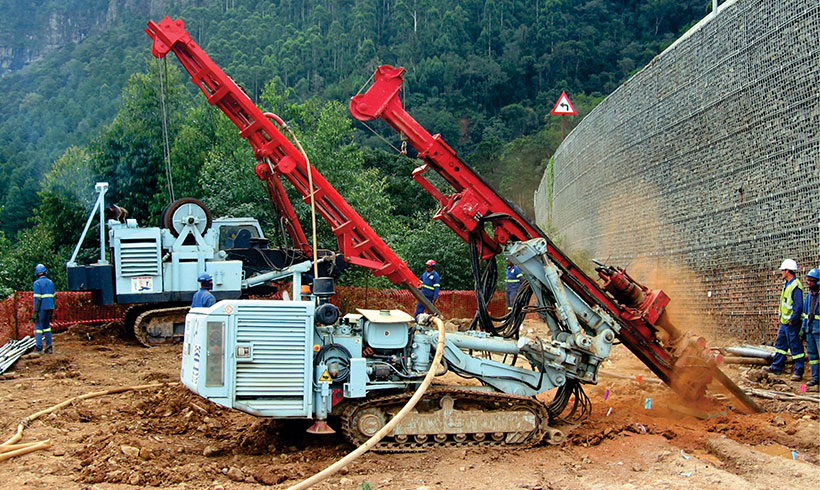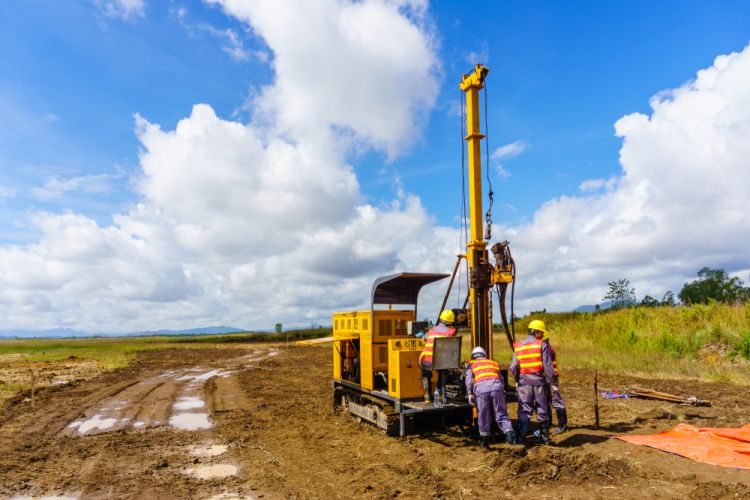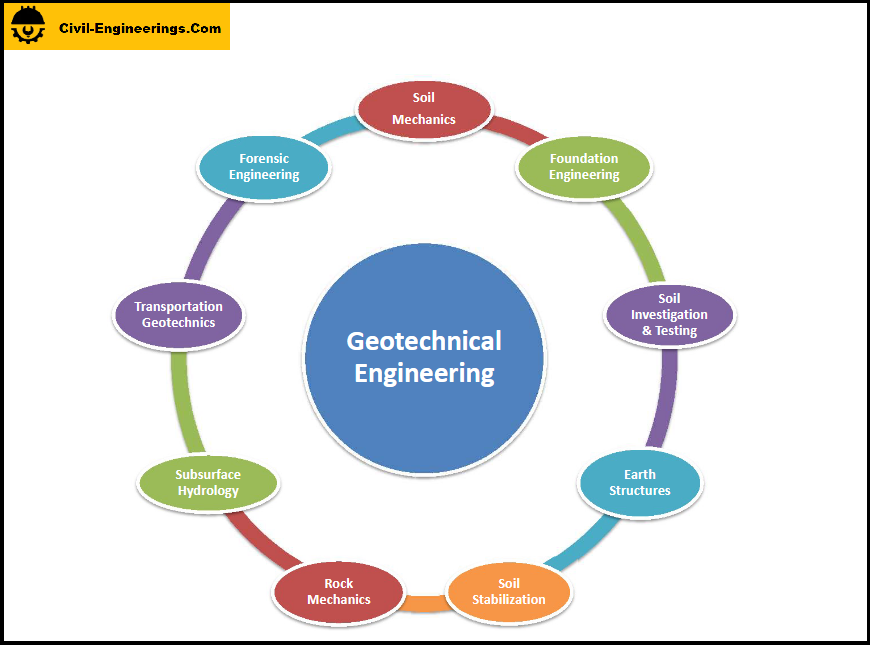The Definitive Guide to Geotechnical Engineering For Construction Projects
The 45-Second Trick For Geotechnical Engineering For Construction Projects
Table of ContentsSome Known Details About Geotechnical Engineering For Construction Projects The Geotechnical Engineering For Construction Projects IdeasNot known Details About Geotechnical Engineering For Construction Projects Some Of Geotechnical Engineering For Construction ProjectsThe Best Guide To Geotechnical Engineering For Construction ProjectsThe Greatest Guide To Geotechnical Engineering For Construction Projects
These attributes must be checked out by geotechnical engineers to anticipate their movements under different circumstances., making this evaluation needed., in enhancement to exactly how they engage with buildings that have been set up on or within them, is one of the key explanations for why geotechnical design is important.
Along with structural planning and building and construction, geotechnical engineering is additionally crucial to the repair and upkeep of pre-existing frameworks. Age-related destruction or added problems could influence a framework's security and effectiveness. Environmental management is achieved via geotechnical design. Proficiency in air, water, and soil quality maintenance is put to utilize by geotechnical engineers to minimize the unfavorable effects of jobs.
Framework development, offshore engineering, tunnel building and construction, and deep foundations. Risk-based design and multidisciplinary groups. These elements will maintain the area developing and ensure its continued significance in the years to come. To sum up, geotechnical design is a vital technique that protects the resilience and honesty of civil framework. Geotechnical designers contribute to making building tasks effective throughout the world by understanding the behavior of planet products and using appropriate planning techniques.
The 30-Second Trick For Geotechnical Engineering For Construction Projects
The fundamental stability of any kind of project is critical. Geotechnical engineering plays a critical role in guaranteeing that structures are developed on strong ground, literally and figuratively. By taking a look at dirt, rock, and subsurface problems, geotechnical designers offer vital understandings that aid in the design, building, and upkeep of structures and infrastructure.

Geotechnical Engineering For Construction Projects Things To Know Before You Get This
Lab screening: Establishing the residential properties of dirt and rock. Area testing: Carrying out tests on-site to analyze problems. Analysis and layout: Utilizing data to develop foundations, maintaining walls, tunnels, and other structures. Several high-profile construction jobs have successfully used geotechnical design to ensure their security and safety. As an example:: The world's highest structure required a deep understanding of the underlying geology.

As a leader in geotechnical design, BECC Inc. is committed to providing innovative and reliable solutions that meet the highest possible requirements of quality and safety. For more details on how BECC Inc. can sustain your next construction task, contact us today and let us help you improve solid ground.
William Rankine, a designer and physicist, established an alternate to Coulomb's earth stress concept. Albert Atterberg established the clay consistency indices that are still made use of today for dirt category. In 1885, Osborne Reynolds identified that shearing reasons volumetric dilation of thick products and tightening of loose granular products. Modern geotechnical design is claimed to have actually begun in 1925 with the magazine of Erdbaumechanik by Karl von Terzaghi, a mechanical designer and geologist.
The Greatest Guide To Geotechnical Engineering For Construction Projects
Terzaghi likewise developed the structure for concepts of birthing ability of structures, and the concept for forecast of the price of negotiation of clay layers as a result of loan consolidation. Later on, Maurice Biot fully created the three-dimensional soil combination concept, expanding the one-dimensional version formerly developed by Terzaghi to much more general hypotheses and presenting the collection of basic formulas of Poroelasticity.
Geotechnical designers examine and establish the residential properties of subsurface conditions and products. They likewise make matching earthworks and keeping structures, tunnels, and structure structures, and may oversee and evaluate websites, which may better include site monitoring as well as the danger evaluation and mitigation of all-natural dangers - Geotechnical Engineering for Construction Projects. Geotechnical engineers and engineering rock hounds execute geotechnical examinations to get information on the physical buildings of soil and rock underlying and beside a site to design earthworks and foundations for recommended frameworks and for the repair of distress to earthworks and frameworks brought on by subsurface problems.
Geotechnical Engineering For Construction Projects for Beginners
Geologic mapping and interpretation of geomorphology are normally completed in assessment with a geologist or engineering rock hound. Subsurface exploration typically includes in-situ screening (for instance, the standard penetration examination and cone penetration test). The digging of examination pits and trenching (particularly for situating mistakes and slide aircrafts) may additionally be made use of to find out concerning soil problems at depth. , which uses a thick-walled split spoon sampler, is the most usual method to gather disrupted examples.

Normally, the interface's specific geometry is unknown, and a simplified user interface geometry is assumed. Limited slopes call for three-dimensional designs to be assessed, so most slopes are analyzed thinking that they are definitely wide and can be represented by two-dimensional models.
The smart Trick of Geotechnical Engineering For Construction Projects That Nobody is Discussing
The empirical technique might be defined as complies with: General exploration sufficient to develop the rough nature, pattern, and properties of down payments. Analysis of one of the most possible problems and the most undesirable possible inconsistencies. Producing the design based on a working hypothesis of habits prepared for under one of the most potential problems. Choice of quantities to be observed as building earnings and determining their expected values based on the working theory under the most undesirable conditions.
Measurement of quantities and examination of over here real problems. Style modification per real conditions The observational approach is appropriate for building that has actually currently begun when an unexpected development occurs or when a failing or mishap looms or has currently occurred. It disagrees for jobs whose design can not be modified during building.